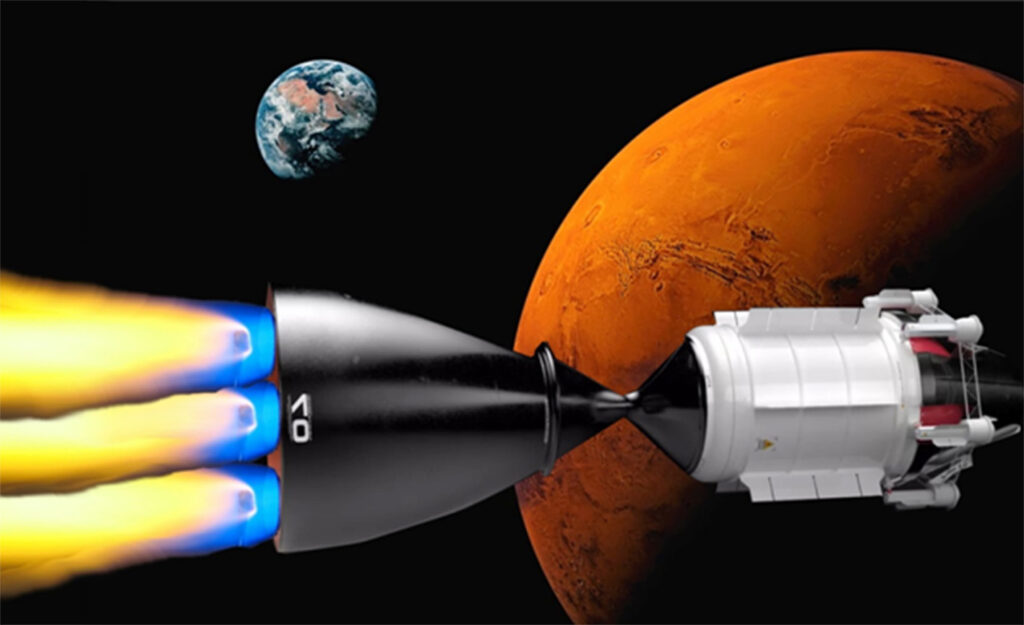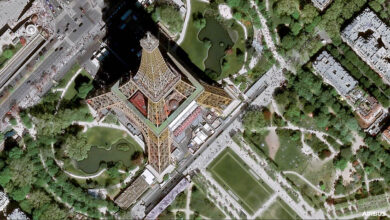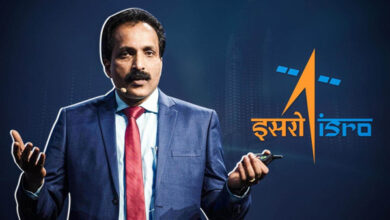ISRO-BARC to jointly develop nuclear powered engine for Rockets
By R. Anil Kumar
- Using a nuclear thermal rocket allows for faster transit time, reducing risk for astronauts.
- Reducing transit time is a key component for human space missions, as longer trips require more supplies and more robust systems. Maturing faster, more efficient transportation technology will help space agencies meet its interplanetary mission, objectives.
Bangalore, July 18. To reach the Moon, Mars or even further afield, we need reliable and safe power that works without access to sunlight, oxygen and fuelling stations.

Our decades of novel nuclear experience will work alongside our innovative integrated electric power and thermal management solutions, digital capabilities and engineering excellence to get us there, according to experts in the field of space exploration.
The Experts say that, in a nuclear thermal rocket engine, a fission reactor is used to generate extremely high temperatures. The engine transfers the heat produced by the reactor to a liquid propellant, which is expanded and exhausted through a nozzle to propel the spacecraft.
Using a nuclear thermal rocket allows for faster transit time, reducing risk for astronauts.
Reducing transit time is a key component for human space missions, as longer trips require more supplies and more robust systems. Maturing faster, more efficient transportation technology will help space agencies meet its interplanetary mission, objectives.
Other benefits to space travel include increased science payload capacity and higher power for instrumentation and communication. In a nuclear thermal rocket engine, a fission reactor is used to generate extremely high temperatures. The engine transfers the heat produced by the reactor to a liquid propellant, which is expanded and exhausted through a nozzle to propel the spacecraft. Nuclear thermal rockets can be three or more times more efficient than conventional chemical propulsion.
In this endeavour of propelling the space transportation technology, India’s space agency, Indian Space Research Organisation, ISRO, is jointly developing a nuclear-powered engine along with Bhabha Atomic Research Centre (BARC), it is reliably learnt.
Chemical engines, such as those that power the thrusters in satellites, are fine up to a point, but if you want to send a spacecraft deep into space, such as into interplanetary missions, they will not do — neither can they carry that much fuel nor can they be solar powered because sunlight will not reach a solar panel at such long distances.
Hence, nuclear-powered engines. According to sources, ISRO-BARC are developing what are called Radio thermoelectric generators (RTGs). “The work has already begun and has been identified as a major task that has to be completed soon,” said the source.
The nuclear engines are not to be thought of as nuclear fission reactors that generate electricity. The RTGs use radioactive materials, such as Plutonium-238 or Strontium-90, which release heat as they decay.
Essentially, the engine contains two parts — the radioisotope heater unit (RHU) which generates heat — and the RTG, which converts the heat into electricity.
This heat is transferred to a ‘thermocouple’ — a material that develops a voltage if there is a heat gradient across it. To put it in simple terms, think of it as a rod — if one end is hot and the other end is not, there will be a voltage across the rod (Seebeck Effect). The voltage can be harnessed to charge batteries that can provide motive force to a satellite. ISRO is targeting a 5W RTG, it is learnt.
“RTGs are independent of solar proximity and planetary alignment. This characteristic would help in minimising constraints like the ‘launch windows’ that the scientists have to operate within,” says Nitansha Bansal, a cyber security specialist with Columbia University, in an article for the Observer Research Foundation (ORF).
RTGs, however, are not entirely new. US spacecrafts such as the Voyager, Cassini and Curiosity have been powered by RTGs.





